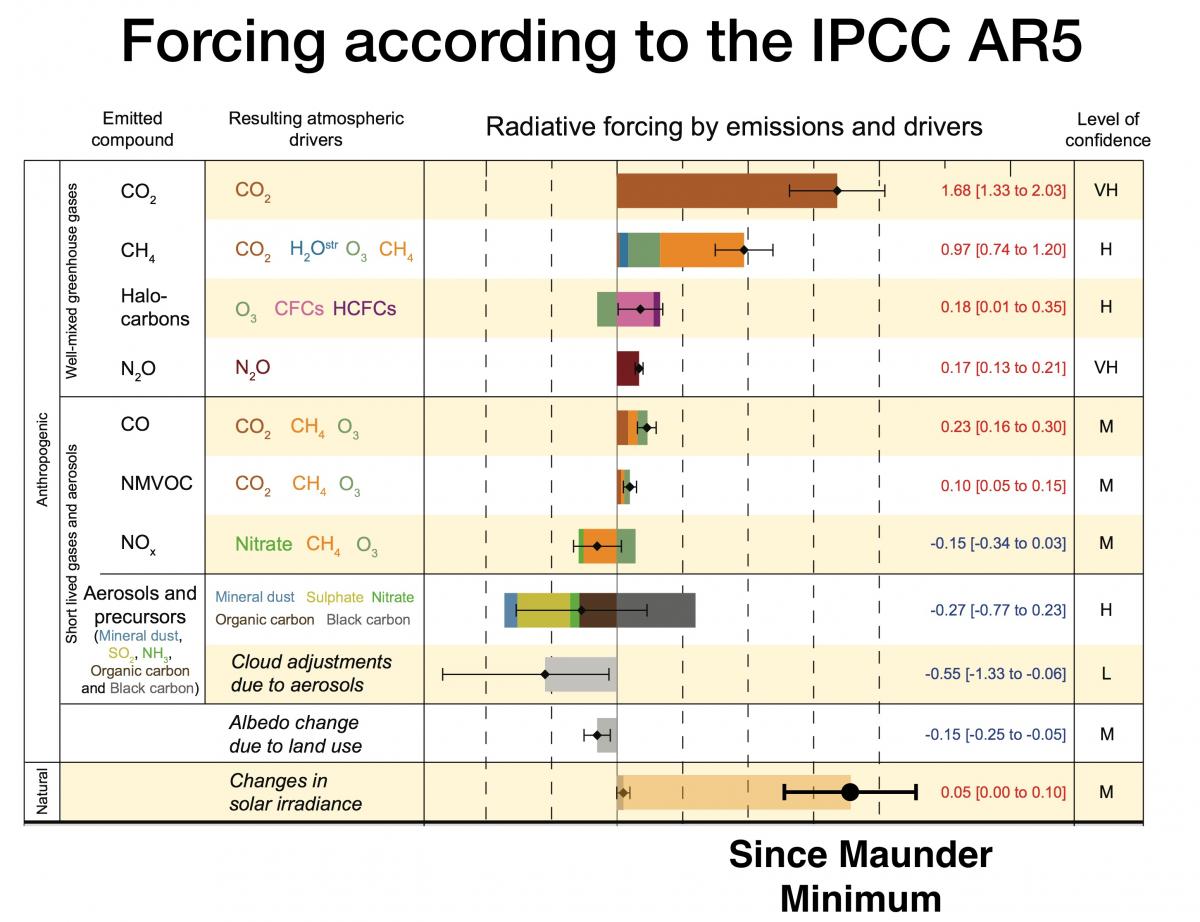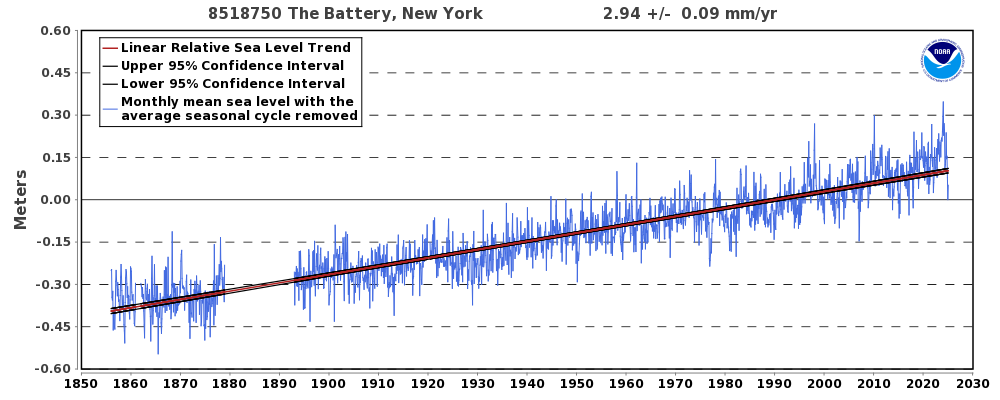- Joined
- Aug 2, 2020
- Messages
- 2,951
- Reaction score
- 551
- Gender
- Male
- Political Leaning
- Progressive
As for actual temperatures? They too are skewed since few, if any, meteorological stations aren't also measuring part of the land use changes and the urban heat island effect.
Here I thought you would be familiar with the UHIE studies that show that the overall grid-averaged data is NOT affected by UHIE. (Peterson, 2003)
Assessment of Urban Versus Rural In Situ Surface Temperatures in the Contiguous United States: No Difference Found | Journal of Climate | American Meteorological Society
Peterson et al measured a large number of surface temperature stations and could not find a statistically significant UHIE signal.
"Contrary to generally accepted wisdom, no statistically significant impact of urbanization could be found in annual temperatures. It is postulated that this is due to micro- and local-scale impacts dominating over the mesoscale urban heat island."
It's important to remember that the temperature data is processed to remove inhomogeneities and is also grid averaged so it effectively smears out the data over a larger area. In addition the raw temperature is not what is the important thing but rather the anomaly vs a baseline.
And no doubt you are familiar with Wattsup "surfacestation.org" analysis in which they attempted to rate the citing of temperature measurement stations. The NCDC compared the overall USHCN system of >1200 sites and found that "poor station siting" had NO DISCERNIBLE EFFECT on the overall temperature trends. They took 70 of the "best sited" sites per "surfacestation.org" and compared them with the overall USHCN data and found no difference.
(I am saddened that the original paper is no longer on NOAA. As loathe as I am to refer to a blog like "ThinkProgress" they DO have some excerpts from the paper that can be found here
Long story short: temperature station siting and urban heat island effect appear to have no overall impact on the overall data. Which is to be expected since it is processed to eliminate inhomogeneity as well as averaged over larger areas.




